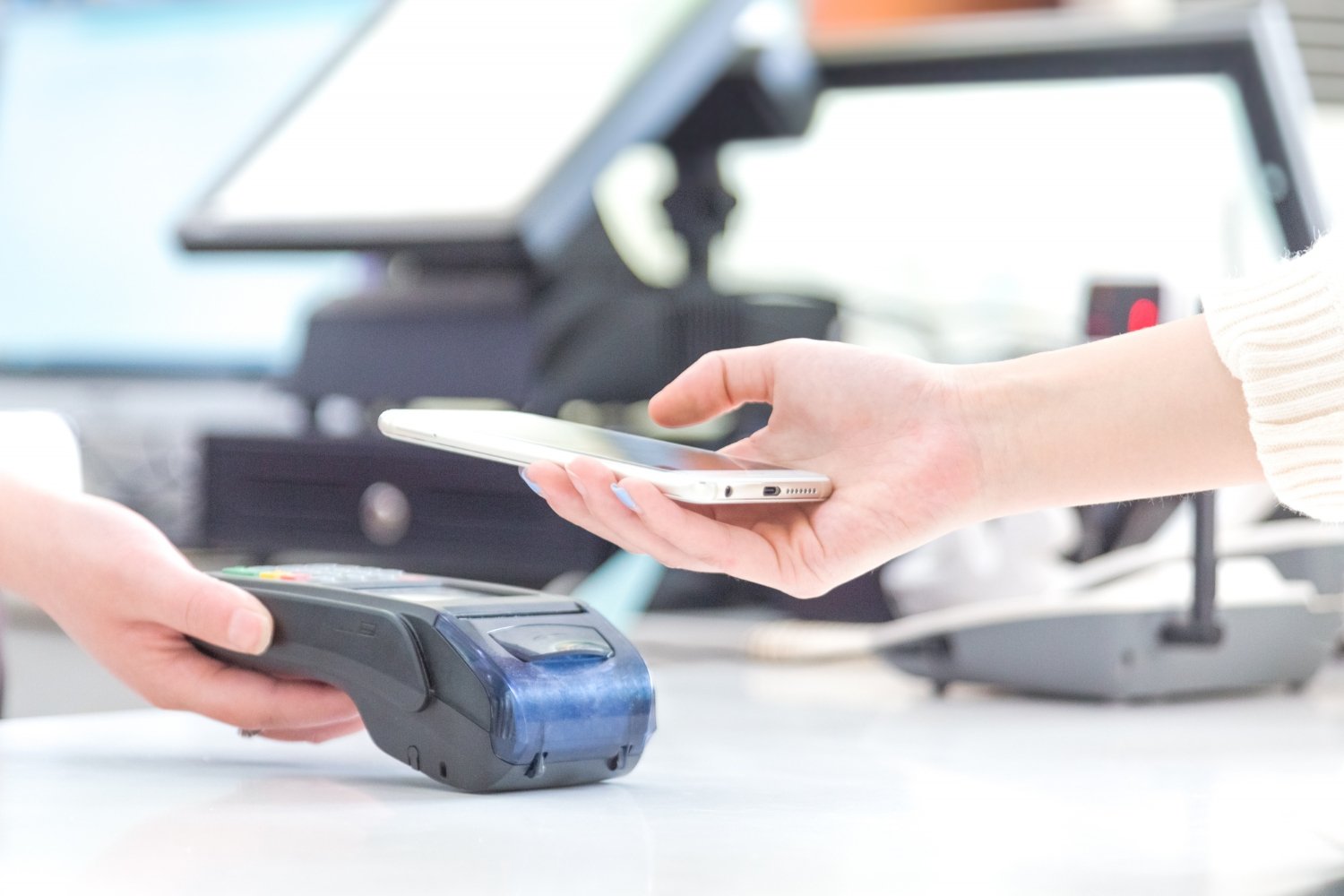One requires a variety of managerial, administrative, and marketing technologies to operate a retail business. These abilities are essential for the successful operation of your store, from making sure there is enough inventory in your shop, to putting together monthly sales statistics. An effective point of sale (POS) technology could go a long way in ensuring all of your business operations run smoothly and accurately. You ring up buyers at a point of sale, often known as a point of purchase. Customers are at the point of sale when they complete an online purchase, approach your checkout line, or choose an item from any stand or booth. The hardware and software in your point-of-sale system allow your company to make those sales.
If you are curious about the directory of POS companies and want to know how it exactly works, read on.
How Does It Work?
Step 1: A client chooses to purchase your goods or service. If you operate a physical shop, they might request that a salesperson ring up their purchase. A barcode scanner might be used by the employee to look up the item’s price. You may also visually scan things using the camera on your phone with some POS systems. When a customer completes incorporating items into their shopping cart and clicks through the checkout button in an online store, this step takes place.
Step 2: The cost of the item, along with any sales taxes, is calculated by your POS system. The system then adjusts the stock count to reflect the sale of the item.
Step 3: Your client makes payment. The consumer will need to make the payment with a credit card, tapping card, debit card, reward point, gift card, or currency in order to complete their purchase. The transaction will need to be approved by your customer’s bank, depending on the payment method they select.
Step 4: The point-of-sale transaction is now completed. At this point, the sale is formally made. A digital or physical receipt is generated, and you deliver the product or send the purchased items to the consumer who made the purchase.
POS Hardware
You can receive payments thanks to POS hardware. If you’re purchasing a new POS system, make sure it accepts all payment methods, including cash, debit cards, credit card, and contactless payments. Your POS system needs to scan bar codes, produce receipts, and keep cash in cash drawers if it makes perfect sense for your company. You can use this list of hardware as a starting point for your POS setup options.
- Register: A register makes it easier to compute and complete a consumer transaction.
- Connected device: A portable device can be a viable substitute for a monitor. Tablets can be elevated with a stand, enabling your team to check in and out.
- Credit card reader: Whether using a contactless payment method like Apple Pay, a chip card, or a magnetic stripe card, a card reader enables consumers to make safe credit card payments while they are in your store.
- Cash drawer: Even if you accept cashless transactions, you may need a safe area to put your cash. By keeping track of the precise time the linked cash drawer is opened, POS software can reduce fraud.
- Receipt printer: Printing a receipt on paper allows customers to see exactly what they bought when they bought it and how much they paid.
- Barcode scanner: A barcode scanner processes product information so you can ring it up. Additionally, it might be a quick way of confirming the cost, inventory levels, and other information.
POS Software
POS software is rather like your command center. It enables you to locate items in your catalog and process sales on a basic level. Additionally, more complete point-of-sale systems come with beneficial functions like inventory management, customer engagement software, sales reporting, and more. Additionally, POS systems handle transferring money from each sale to your bank account. Some POS solutions contain the functionality listed. In order to access some functions on some platforms, you might need to install third-party software.
Having a reliable POS system can be quite revolutionary for retail systems and makes for faster, convenient as well as accurate transactions. Finding the ideal POS system for your company might help you avoid several future manual entering and reporting issues. It encourages accuracy and convenience. Although many of these technologies share similar characteristics, some crucial aspects of various POS systems stand out and can significantly alter performance for the better.

